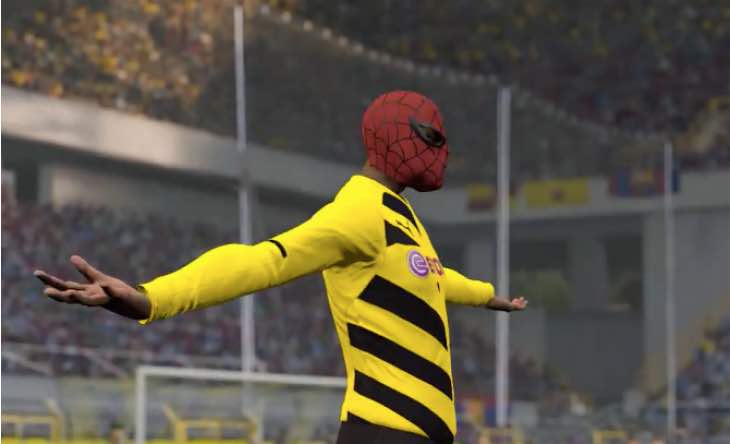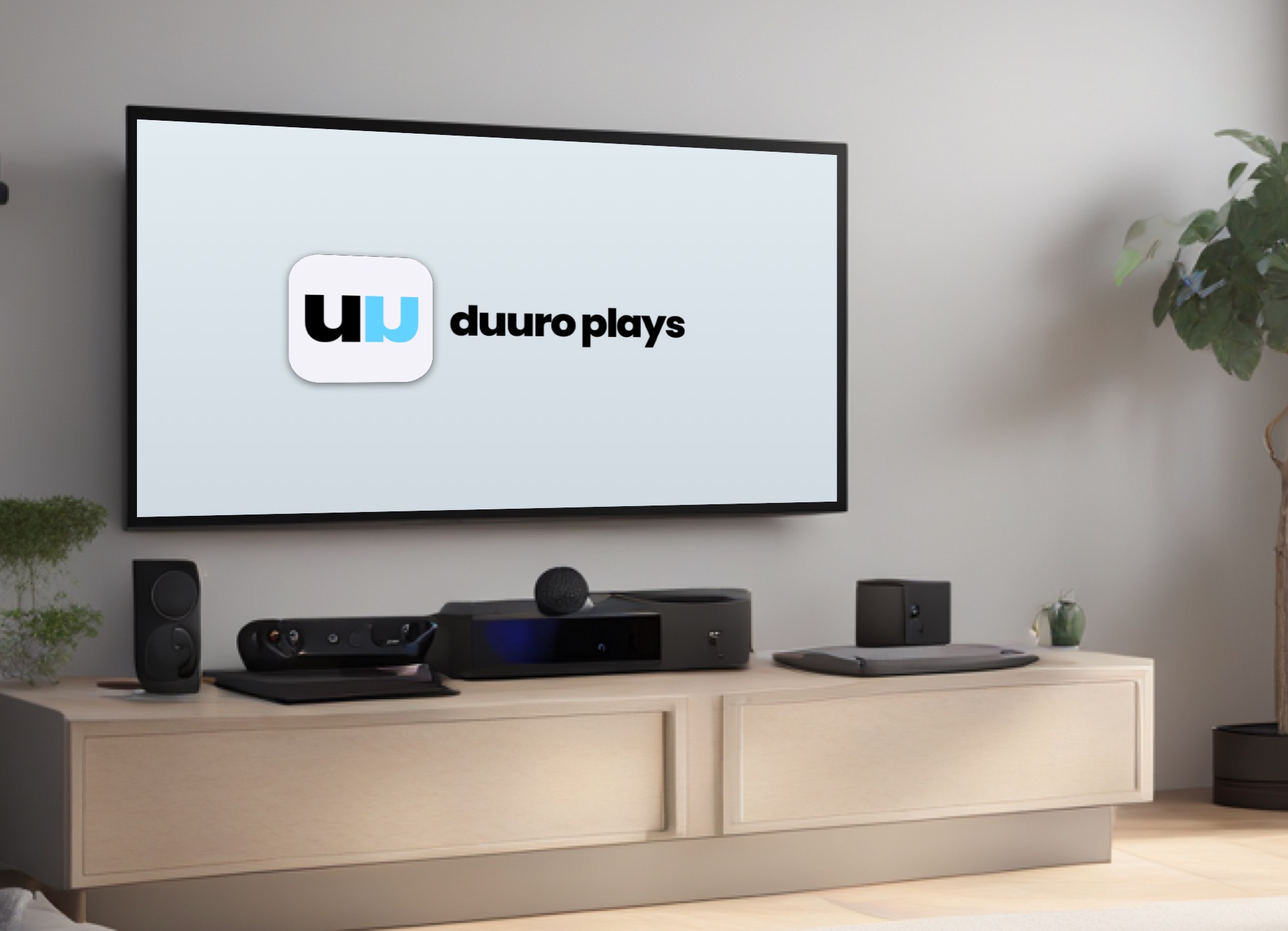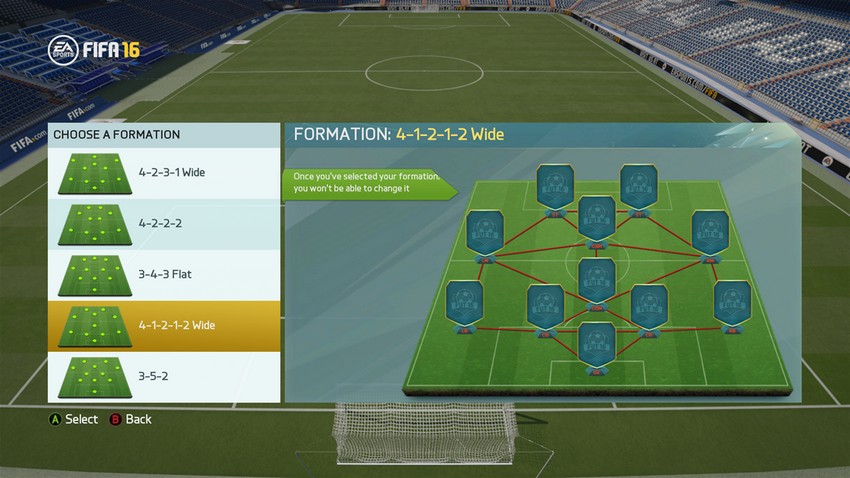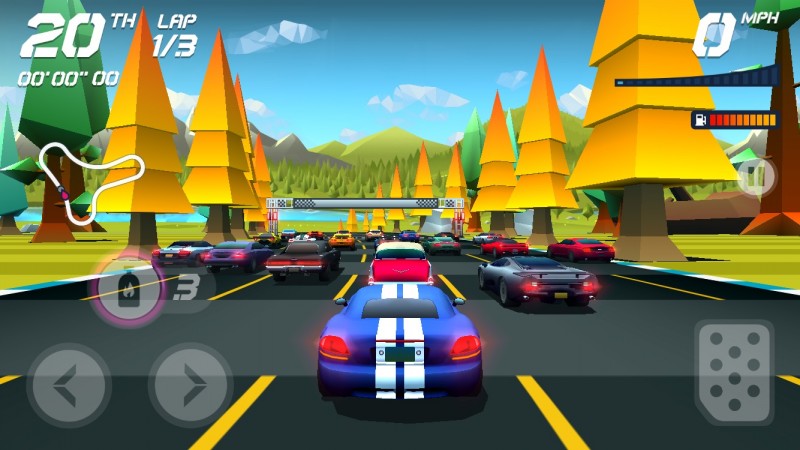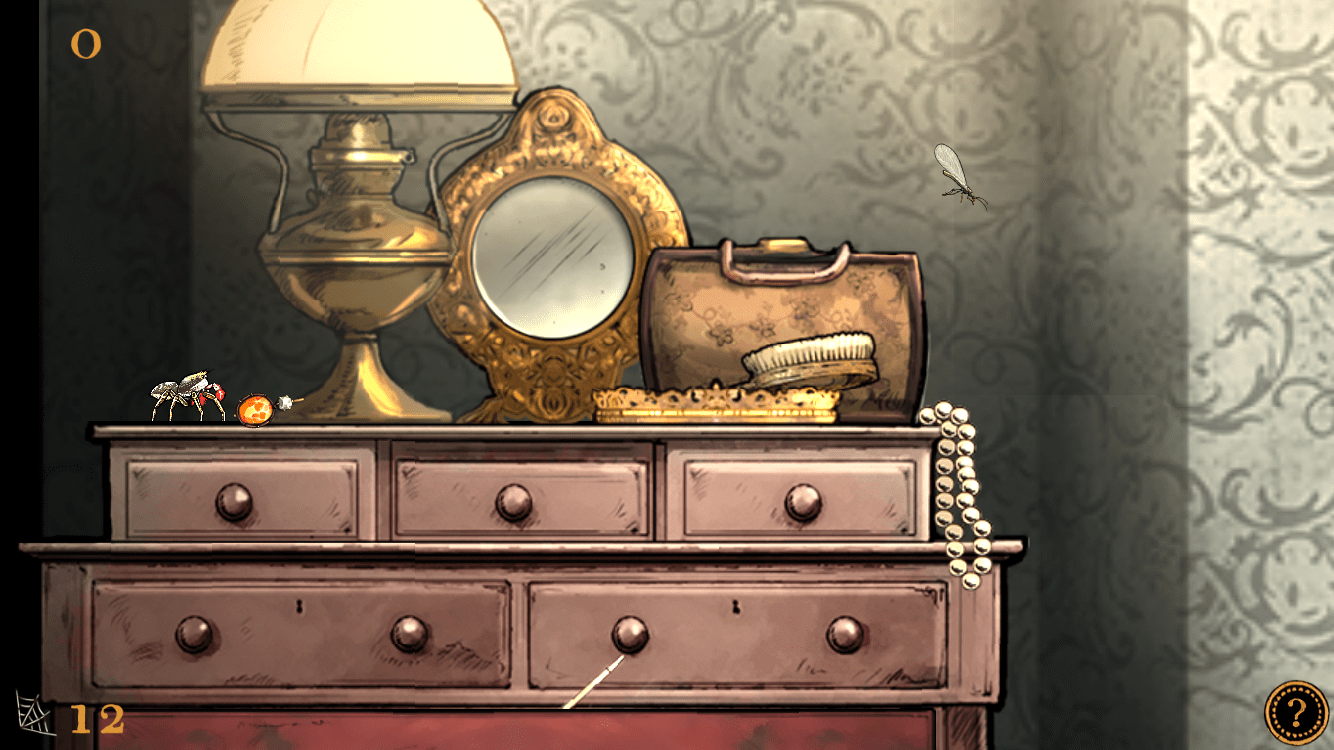4) Press smartly
Backlines will now maintain a better shape, with individual centre-backs less likely to pause only to lay down a welcome mat before they sprint out of position
Though you still use the same broad set of controls and moves to defend in FIFA 16, it’s a very different experience to last year’s game. Backlines will now maintain a better shape, with individual centre-backs less likely to pause only to lay down a welcome mat before they sprint out of position. Midfielders are also much improved in this respect, being quicker to get behind the ball (a behaviour almost completely lacking in their FIFA 15 equivalents).
With AI-controlled players having a better general appreciation of space, one of the best ways to keep things tight is to pick the right player to apply pressure on the opponent carrying the ball when there’s no immediate danger. Use of the classic L1/LB 'change player' function isn’t appropriate here – use right stick to select a player with greater precision.
If you’re defending in the central third of the park, a good rule of thumb is to track back with the closest striker; if play is focused on the edge of your area, choose a midfielder to press. The point of this is to have the line of players behind the ball hold their position, making it harder for your opponent to find openings. This style of defending can be very effective after transitions – closing down from the front can provide time for the rest of your team to get back into position.
In this scenario, it’s an instinctive choice to select the full-back in anticipation of the inevitable pass along the wing. By switching to the closest available midfielder, though (in this instance, Iniesta), you can potentially apply pressure on the winger and leave your full-back to cover.
5) Get stuck in more
One thing that relatively few players realise is that close physical proximity and pressure can reduce the accuracy of passes, shots and crosses
As experienced players will already know, the manual tackle button (circle button/B button) can be used to tug shirts and apply contextual pressure to opponents in close proximity. From what we’ve seen in FIFA 16 so far, this is far more nuanced this year than in previous games. Use it with a strong holding midfielder against a lightweight No.10, for example, and you can expect to lever them off the ball without effort if you’re close enough. Steady tapping of the button will suffice to avoid committing a foul. Referees appear more inclined to let these tussles slide than in FIFA 15, though using them in the penalty area is a risk that you should avoid.
One thing that relatively few players realise is that close physical proximity and pressure can reduce the accuracy of passes, shots and crosses. Even if the player under your control isn’t a wrecking ball of a centre-back, it’s still usually worth getting in close and scrapping it out. That said, there are common sense instances where this simply won’t work. Your fast but lightweight full-back usually isn’t going to knock Ibra off his stride, or greatly impede his ability to slot the ball home.
Part 1 /blog/7-essential-tips-and-tricks-you-need-to-know-for-fifa-16-part-1/ Part 2 /blog/7-essential-tips-and-tricks-you-need-to-know-for-fifa-16-part-2/ Read more at http://www.fourfourtwo.com/features/7-essential-tips-and-tricks-you-need-know-fifa-16#qMo86PL7qiqEH8fB.99
